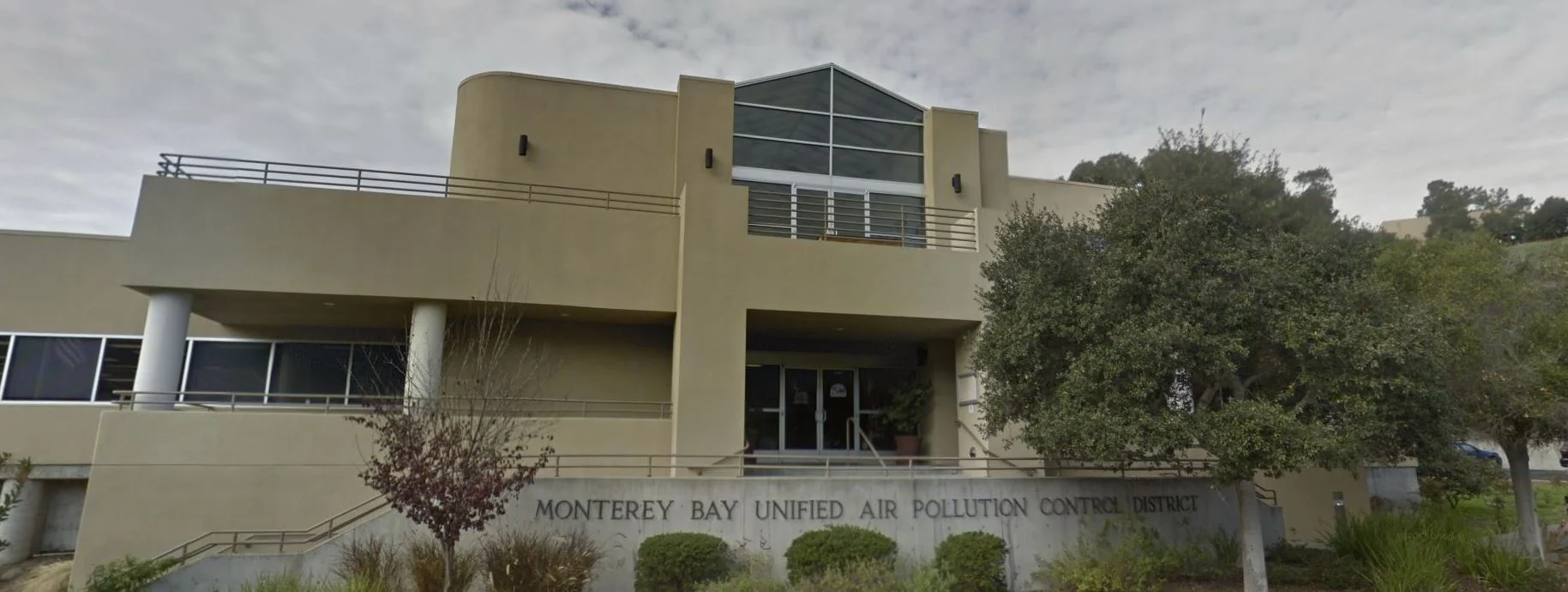CCJDC MEETING MINUTES
9:30 am: Call to Order/Sign-in Sheet: Meeting called to order by Austin Robey, chair of CCJDC.
9:31 am: Review/Approval of Minutes
9:32 am: Any new announcements or additions to agenda
9:34 am: Standing Committee Reports – GIS Day Recap
Austin Robey gave a recap of GIS Day. The event was a success and had a good turnout, approximately 70 people. There were 5 presentations, a map gallery and raffle. Sponsors for the event included the American Society of Photogrammetry and Remote Sensing (ASPRS), the American Public Works Association (APWA) and the Association of Monterey Bay Area Governments (AMBAG).
A GIS Day recap on the CCJDC website. Austin stated that Bryan Kriete was instrumental in helping set things up for the event.
Austin mentioned it would be a good idea to try and secure a venue early for GIS Day 2020.
9:40 am: Participant Updates
Austin Robey, City of Watsonville: Launching City Works, an asset management program. The water department is rolling out the software for water, sewer, and storm drain networks. The City of Watsonville is building an ArcGIS Enterprise, which takes a lot of time. New ArcServer and web services in the next 6 months. They are working on setting up maps and spatial data for the Watsonville Emergency Operations Centre. They have also been working on converting data to ArcGISPro, eventually moving users off of ArcMap.
Rene Anchieta, County of San Benito: Setting up a Census canvassing app for volunteers. The app is provided by the state and he has to create user accounts and train volunteers how to use the app. Creating map books canvassing as well, since some users do not want to use the app. In the process of updating all maps and ArcGIS Online maps for the Emergency Operations Centre.
Joseph Londono, Caltrans: A new project viewer has been set up and is available to the public. The viewer shows Caltrans projects. Joseph has been presenting the viewer at various meetings and conferences. He agreed to demo the viewer at an upcoming CCJDC Meeting.
Vincent Lantaca, City of Salinas: Maintaining datasets and transferring flat files and data into GIS. Creating visualizations with crime data.
Randy Casey, City of Salinas: Has spent a lot of time building a backbone for data exchange between their Track-it software and GIS Servers. Migrating data into their new 2017 SQL Servers, migrating from 2012 SQL Server. Updating sewer maintenance map books and digitizing to integrate them with a sewer system maintenance app. The maps are very old. Converting services into ArcPRO and updating various scripts.
Charles Hanley, City of Salinas: Has been working on a building footprints project that has taken a long time. He using Lidar to create the footprints and the footprints are coming out better than he thought. Working on an urban tree canopy project, identifying H2A housing for the Census HTC. Created a 7th storymap for the Vison Zero program. The goal of the program is to bring pedestrian fatalities to zero.
Gavin Leavitt, City of Salinas: Building out storm drain utility network, had dataset before from the 70s. Filling in with newer data. Also working with Census HTC data to target areas to inform people of the upcoming Census.
Anthony Cardoza, City of Salinas: Updating a 25 year old spreadsheet of historical Salinas reports of service/calls/maintenance records. The project is especially difficult because it deals with addresses that can often be misspelled in multiple ways.
Bryan Kriete, Santa Cruz County: Working with Lucity and ArcGIS Online Collector App for infrastructure. Trying to get the collector app in all field workers hands and training them how to use the software. Potholes, where road work is being performed are some of the features that will be collected using the app. The data will be provided to the public through ArcGIS Online. Residents felt it was a worthwhile use of funding to see real-time road closures/issues .
Chad Miller: In the beginning stages of moving to ESRI’s Parcel Fabric. ESRI is helping out with the project. The workflow has been challenging.
Gina Schmidt, AMBAG: Working on the Census PSAP. Has to verify boundary changes (City Limits, County boundaries) in all three counties and send them to the Census Bureau in 90 days. Also working on the new regional plan for 2020.
11:10 am: New Business – Plans for 2020 CCJDC
In what direction do we want the CCJDC to go? What do we want to see in 2020? Meetings will be held quarterly, rather than bi-monthly. Originally the CCJDC was set up for data sharing, that has been accomplished. Randy mentioned the exchange of ideas has been very helpful. Austin asked how we can get more people to the meetings. Adding tech workshops was brought up. Chad mentioned maybe bringing laptops and showing others what we’re working on visually. Charles said the meetings have really helped through solutions exchange, events and presentations are really useful in conveying information. Time was an issue and we can carry on the conversation into the next meeting. Some of the topics we could discuss at the meeting are: Cal GIS Council, URISA, Develop better outreach, the recent USGS Lidar collection.
11:30 am: Annual leadership elections
The Committee voted:
Chair: Bryan Kriete
Co-Chair: Austin Robey
Secretary: Rene Anchieta
Web Maintenance: Chad Miller and Charles Hanley
11:45 Wrap Up and Meeting Adjourned





